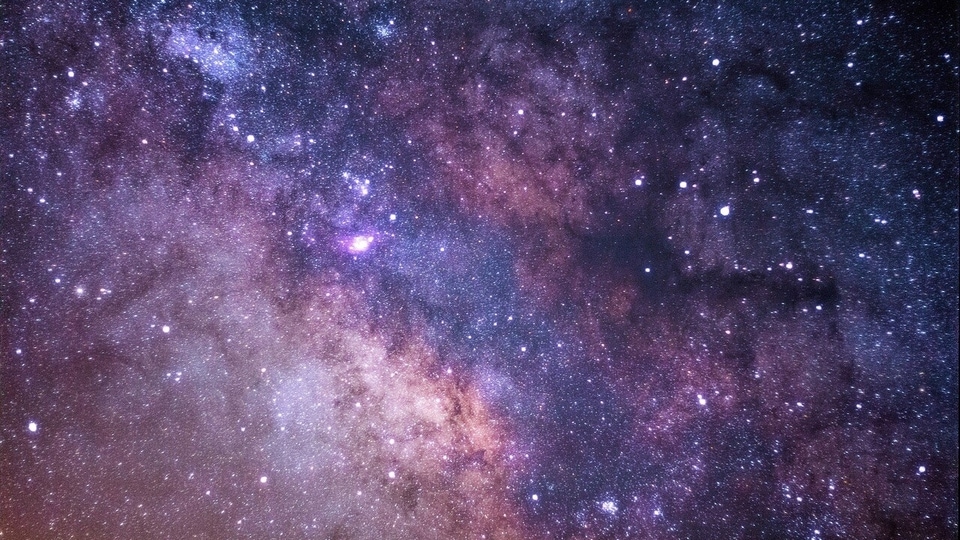NASA's James Webb Space Telescope snaps one of the most distant galaxies ever; it is 330 mn years old
In a new discovery, NASA’s James Webb Space Telescope showcases images of the second-most distant galaxy in the Abell 2744 region. Know more about the new galaxies here.

The most powerful NASA's James Webb Space Telescope has managed to capture several distant galaxies, planets, space objects, and more over the years. Its capabilities and technologies are only growing and giving scientists a chance to unfold mysteries of space and beyond. While the thought of exploring space and its diverse objects seems surreal and imaginative, NASA's James Webb Space Telescope has discovered new galaxies which is the second-most and the fourth distant galaxy ever observed. Know more about finding here.
James Webb Space Telescope findings
According to research published in the Astrophysical Journal Letters, NASA's James Webb Space Telescope discovered second and fourth-most distant galaxies at the Pandora's Cluster region which is also known as Abell 2744. Researchers from Pennsylvania State University revealed that these galaxies are 33 billion light years away. The data was recorded with the help of new spectroscopic data. These galaxies are stated as the earliest galaxies which was formed and now they appear as a “peanut and a fluffy ball.” The author Bingjie Wang, a postdoctoral scholar in the Penn State Eberly College of Science and a member of the JWST UNCOVER said, “Very little is known about the early universe, and the only way to learn about that time and to test our theories of early galaxy formation and growth is with these very distant galaxies.”
We are now on WhatsApp. Click to join
Researchers reported that the newfound galaxies are about 330 million years old and travelled a distance of approximately 13.4 billion light years to reach NASA's JWST. The light the galaxies emit are extremely old and is three times older than our planet Earth. Additionally, these galaxies are larger than the other found galaxies which can unfold a lot of mysteries about the formation of the universe. Analyzing and studying the data generated by the telescope can reveal various facts about the diversity of galaxies in the early universe. Furthermore, it also opens doors for new research and discoveries.
The team of researchers picked the Pandora Cluster due to its gravitational lensing effect as this phenomenon enables the telescope to magnify the light from more distant galaxies. During the research, 60,000 light sources were found in which 700 potential sources were selected during which the two ancient galaxies were discovered.
One more thing! HT Tech is now on WhatsApp Channels! Follow us by clicking the link so you never miss any updates from the world of technology. Click here to join now!
Catch all the Latest Tech News, Mobile News, Laptop News, Gaming news, Wearables News , How To News, also keep up with us on Whatsapp channel,Twitter, Facebook, Google News, and Instagram. For our latest videos, subscribe to our YouTube channel.
































